London-based fashion designer Stella McCartney has released her company's latest environmental impact report, revealing the challenges of running a green business. It tears down some assumptions, namely that vegan doesn’t equal virtue — at least when it comes to environmental accounting. Along with the damage that wool, silk and cotton production can have on the planet. Read on to learn more about an industry that is one of the world's largest polluters. By Samantha Conti.
Image Stella McCartney
Stella McCartney is digging deep into the soil and details of her company’s day-to-day operations to reduce its environmental impact. One of the first in the fashion industry to produce an annual environmental profit and loss account, McCartney has published her 2021 impact report, which shows damage to the planet from the brand equivalent to 3.1 million euros (5,240,736.00 NZ dollars) chiefly from greenhouse gas emissions and land use.
McCartney uses Impact Report 2021 as a platform to call out the company’s shortcomings, tout its progress, and unveil more changes to fight the planet's climate and biodiversity crises.
“I am incredibly proud of the actions we have taken, the positive changes we have implemented, and the innovations we are currently supporting, but there is so much more we can do. And we will,” said McCartney, who began drawing up similar accounts a decade ago when her company was part-owned by Kering.
In the report, McCartney quotes her friend, Thomas Friedman, pointing out that, like most companies, hers relies on “free goods and services” from nature, such as clean air, fresh water, climate regulation and natural flood defences that are not easy to value — and are often ignored. The report points out that the 2021 figure of 3.1 million euros (5,242,522.36 NZ dollars) is considerably lower than in past years but urges readers not to place too great an importance on the number. In 2020, it reported a negative impact of 5.3 million euros (8,622,034.50 NZ dollars). It says the improved quality and quantity of data from direct operations and more refined methodologies means that it’s difficult to compare 2021 to past years.
“My goal is to drive change, encourage investments and create a lasting difference through incentives supporting the next generation.”
Image Stella McCartney
Stella McCartney Ltd., which now counts LVMH Moët Hennessy Louis Vuitton as a minority partner, has used a new, bespoke methodology developed by PwC, a global leader in finance and economics, to calculate its environmental impact.
The report also sheds light on the fashion industry as a whole and the economies that can be made if brands are willing to invest money and work to improve the way they source, design and manufacture. It tears down some assumptions, namely that vegan doesn’t equal virtue — at least when it comes to environmental accounting.
Although McCartney’s company doesn’t use fur, leather, feathers or other materials derived from dead animals, it does work with wool and silk, which together accounted for 68 per cent of the company’s total carbon footprint from materials.
Wool had the largest carbon footprint due to the methane released as sheep digest their food. However, the report added that production, such as weaving, knitting and other fibre treatments, also contributes to a large proportion of emissions. “We are continually assessing ways to reduce our product footprint, such as restrictions on animal fibre usage in collections, encouraging recycled animal fibres where possible, and implementing internal sourcing policies to encourage regeneratively-farmed materials,” the report said.
At Stella McCartney, animal fibres generate the highest percentage of greenhouse gas emissions, followed by faux leathers at 8.4 per cent and plant fibres at 5.9 per cent. The lowest-impact materials are rubber, wood and paper.
In the report, the company touts its use of organic cotton, which it said has “significantly lower” environmental intensity compared to conventionally grown cotton. Organic cotton farming uses no chemicals, fertilizers or pesticides and requires less water. It also preserves soil quality and limits erosion. Stella McCartney has been increasing the use of organic cotton across its lines. In 2021, 78 per cent of the cotton used in the brand’s products was from organic sources. The company has been putting greater focus on “regenerative sourcing,” supporting farms and other suppliers that are reducing their environmental impact and promoting soil health, carbon capture and biodiversity. The report also highlights Stella McCartney’s use of alternative and recycled materials.
In 2021, Stella McCartney unveiled the prototypes for clothing and a handbag made from Mylo, a mushroom-based, vegan alternative to animal leather. It incorporated more recycled content into the brand’s Falabella bag, enabling the company to reduce its reliance on virgin synthetic materials.
Then in July 2022, the Frayme Mylo bag, made entirely from mycelium, the weblike roots of fungi, landed on the shop floor with a ticket price of $1995 pounds ($3500 NZ dollars).
McCartney said the “mushroom handbag” marked a milestone in her longstanding relationship with the California-based Bolt Threads (a vegan material innovation solutions company that develops cutting-edge materials from nature for the fashion and beauty industries) to put us on a path toward a more sustainable future.
In past years, McCartney worked with manufacturers and suppliers to create biodegradable fur coats from plant-based materials such as corn and to craft eco-friendly stretch denim made with mushroom and seaweed dyes. The company has been looking at how it works internally and has set out to achieve net zero carbon emissions in its direct operations, and across the entire supply chain, by 2040 per its commitment to the Science Based Targets initiative and in line with the Paris Agreement.
The report estimates that, in 2021, 21 per cent of Stella McCartney’s overall impact on the environment came from its direct operations and chiefly from the fossil fuel energy required to transport goods “from warehouses to retail spaces, wholesalers and customers, by road, rail and air.”
Lockdowns and business disruption due to COVID-19 took a big bite out of Stella McCartney’s business in fiscal 2021, with the company reporting losses of 32.7 million pounds on turnover of 32.5 million pounds, according to the latest filing at Companies House in the U.K. Turnover in the 12 months to Dec. 31, 2021, rose 14 per cent, while losses after-tax increased by 4.3 per cent compared with the previous year, according to the filing, no dividends were paid.
Image Stella McCartney
The company believes the solution lies in better planning of product lead times; the use of more “energy-efficient” routes to move merchandise; the consolidation of inventory worldwide, and improved returns logistics. The company also wants to focus increasingly on ship and rail transport and travel.
Packaging, too, will get an overhaul with the removal of palettes, the reduction of plastic overwraps, and the replacement of single-use packaging and plastics. According to the report, Stella McCartney’s U.K. stores and offices already run on 100 per cent renewable energy. In contrast, store, office and window lighting is switched off from 10 p.m. daily to reduce consumption further. By 2030, the aim is for all of its global stores, offices and warehouses to run on renewables, according to the report.
Image Stella McCartney
Stella McCartney‘s Frayme Mylo™️vegan bag is made with renewable mycelium from fungi and regenerated cellulose fibres. Finished with a water-based polyurethane that improves its durability.
The company admits it uses too much water. The use of brass (for accessories) is one of the culprits, generating 71 per cent of Stella McCartney’s water pollution impact. The company’s use of silk and the associated mulberry tree cultivation and irrigation is also sapping water from the environment.
The report said silk production accounted for 74 per cent of the company’s total water consumption impact in 2021. To reduce its water use, Stella McCartney plans to increase its consumption of organic cotton made according to the Global Organic Textile Standard, which prioritizes water efficiency. It also plans to work more with fibres such as linen, which require little or zero irrigation and opt for recycled fibres over virgin ones. The report touts the importance of the circular economy, saying that Stella McCartney will do everything possible to prevent garments, offcuts and unused fabrics from ending up as waste. The company said it is increasing its use of recycled post-consumer waste, “designing for disassembly,” and focusing on mono-material construction to make repairs and recycling quicker and easier. It also offers a global repair scheme in its stores, care guidance labels specified to each garment, and a partnership with The RealReal, a luxury resale platform in the U.S.
None of this comes cheaply. According to the company’s most recent filings at Companies House, the official register of U.K. businesses, Stella McCartney Ltd. reported losses of 32.7 million pounds on turnover of 32.5 million pounds in fiscal 2021.
Turnover in the 12 months to Dec. 31, 2021, rose 14 per cent, while losses after-tax increased by 4.3 per cent compared with the previous year due to COVID-19 and the cost of doing business sustainably.
Like many others, McCartney’s business ran into trouble in 2020 during the pandemic, with international travel and tourism grinding to a halt, brick-and-mortar stores shutting, and expenses piling up.
In July 2020, the business began retrenching and restructuring. It laid off staff, asked others to reduce their salaries for an extended period, and cut back on certain activities to reduce the overall cost base. McCartney did not pay herself a salary that year.
The brand’s president and chief executive officer Gabriele Maggio, said at the time that “In common with all companies within our sector, we are currently dealing with one of the most challenging periods faced by any generation and are conducting a review to adapt our business to the changing economics of our industry.”
During the ensuing months, the brand changed its distribution, taking e-commerce in-house and managing that business via its Italian subsidiary, Stella McCartney Italia Srl. It also transferred the childrenswear business to a license with Simonetta SpA, among other changes. McCartney sold a minority stake in her company to LVMH in the summer of 2019 and has been advising its founder Bernard Arnault, and LVMH management, on sustainability.
Above Stella McCartney, UK prime minister Rishi Sunak and King Charles III in Cornwall during the G7 Summit back in June, 2021.
Image Stella McCartney
The designer has also been working with King Charles III on environmental projects and, in 2021, represented the fashion industry at the G7 summit in Cornwall, England. Ahead of the summit, in June 2021, the king (then Prince of Wales) gathered some of the most powerful CEOs to meet with world leaders in Cornwall and demand “coordinated action to tackle climate change.” The group is known as the Coalition of the Willing, and the leaders manage a total of $60 trillion.
McCartney said she was honoured to represent the fashion industry, “one of the most polluting in the world. My goal is to drive change, encourage investments and create a lasting difference through incentives supporting the next generation.”
*source WWD by Samantha Conti








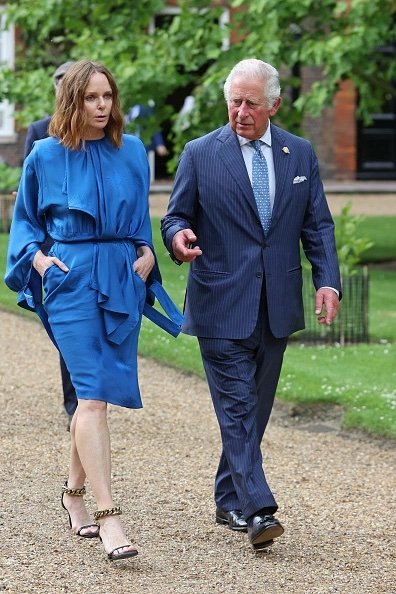







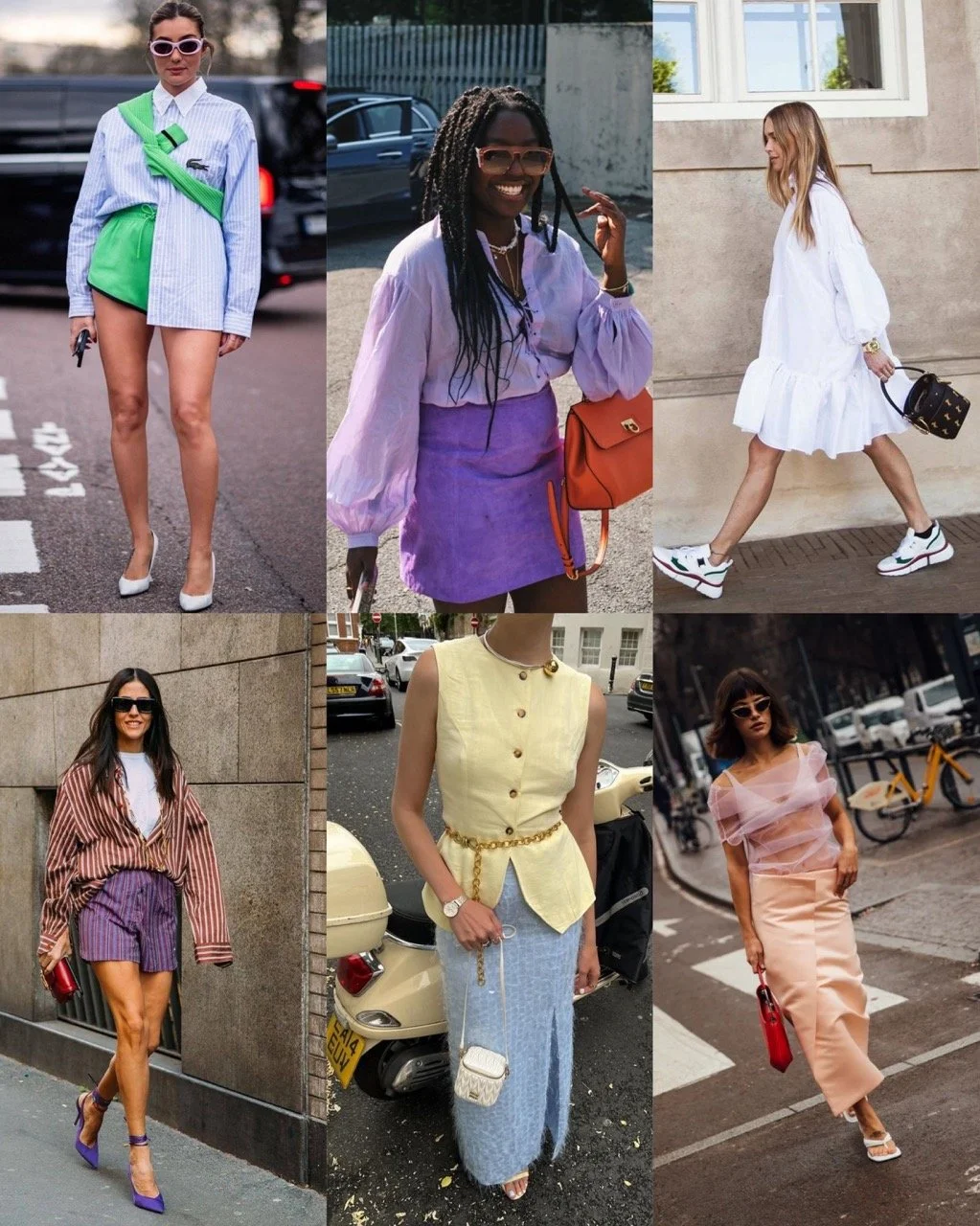
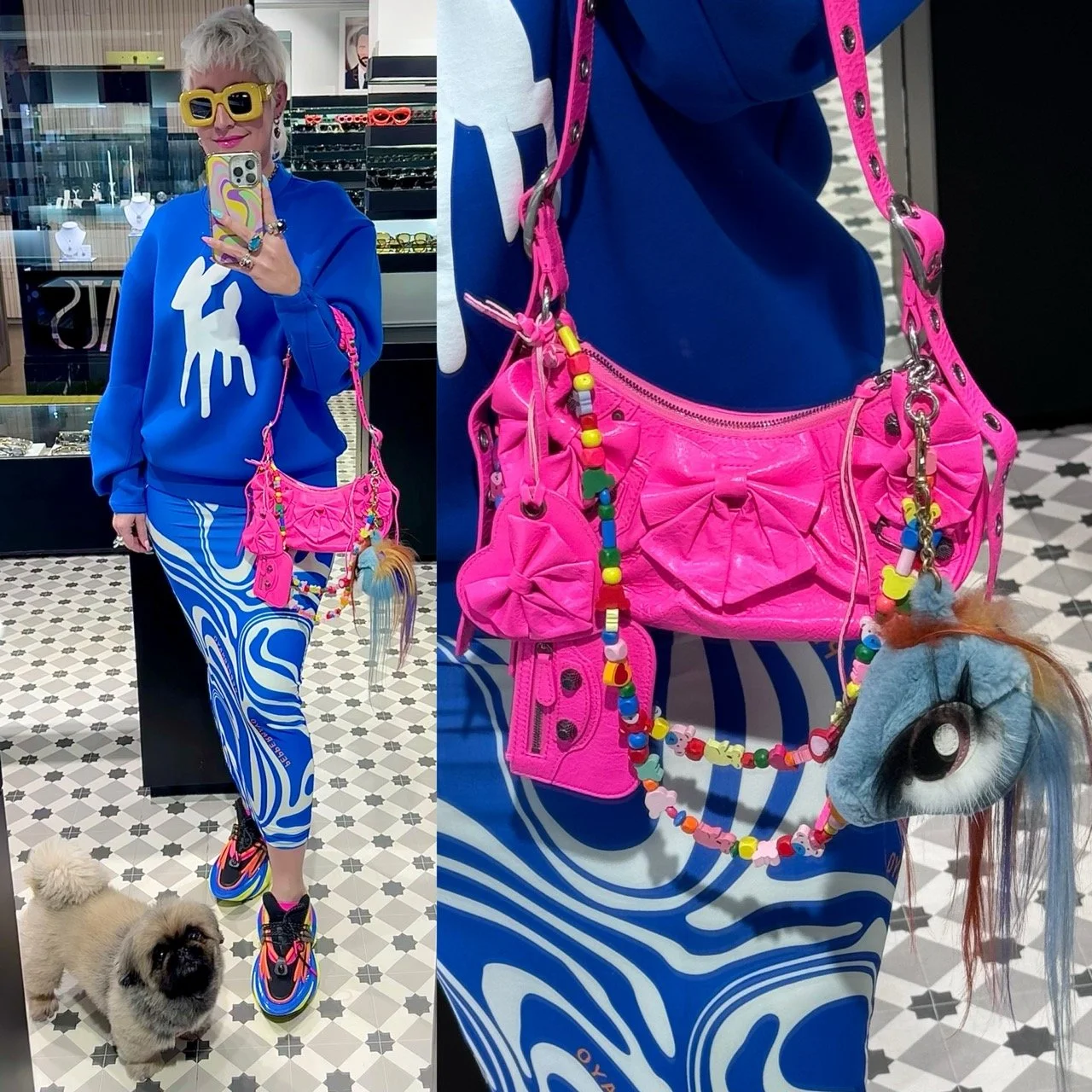
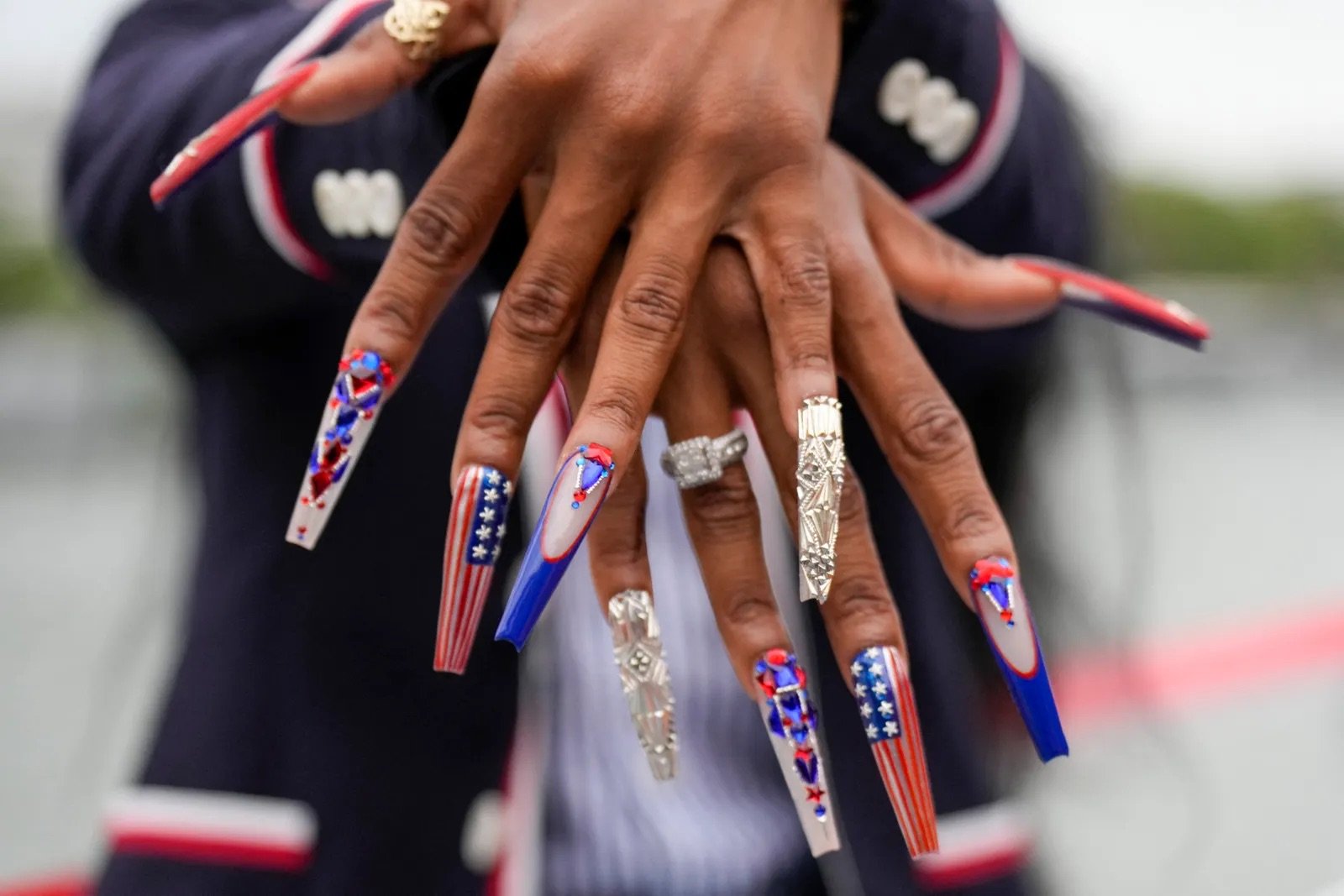

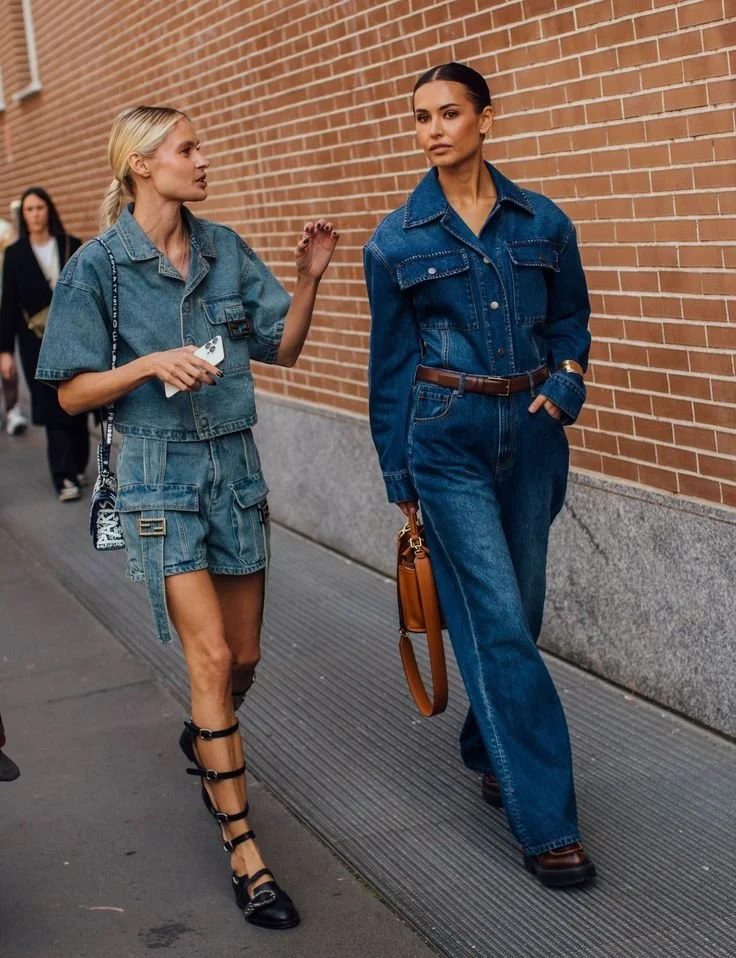


With the trends we rate.